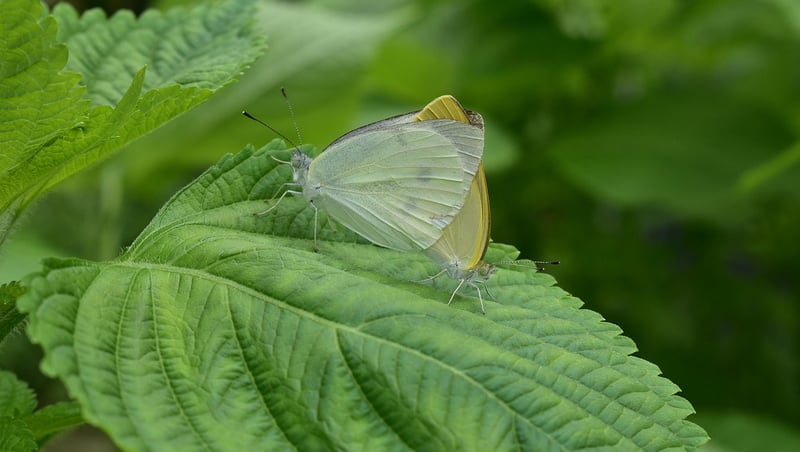Propagation Methods
Guidance on Nurturing Plants and Propagation Methods
Nurturing Plants
Plants are not just beautiful additions to our surroundings; they also contribute to our well-being by purifying the air and creating a calming atmosphere. Whether you're a seasoned gardener or a beginner plant parent, here are some essential tips for nurturing your plants:
1. Light
Ensure your plants receive adequate sunlight based on their specific requirements. Some plants thrive in direct sunlight, while others prefer indirect light.
2. Water
Overwatering or underwatering can harm your plants. Understand the water needs of each plant type and maintain a consistent watering schedule.
3. Soil
Use a well-draining soil mix suitable for your plants. Different plants have different soil requirements, so it's crucial to choose the right type.
4. Temperature and Humidity
Monitor the temperature and humidity levels around your plants. Some plants thrive in high humidity, while others prefer drier conditions.
Propagation Methods
Propagating plants is a rewarding way to expand your plant collection or share your favorite plants with others. Here are some common propagation methods:
1. Stem Cuttings
Take a cutting from a healthy plant, remove lower leaves, and place it in water or a rooting medium until roots develop.
2. Leaf Cuttings
Select a healthy leaf, place it in a moist medium, and wait for roots to form. Some plants, like succulents, propagate well from leaf cuttings.
3. Division
Divide mature plants into smaller sections, each with roots, to create new individual plants. This method works well for plants with multiple stems or growth points.
4. Layering
Bend a low-hanging stem to the ground, make a small incision, and cover it with soil. Once roots develop, separate the new plant from the parent.
By following these nurturing tips and propagation methods, you can enjoy a thriving indoor or outdoor garden filled with healthy, happy plants.

For more detailed information on plant care and propagation, check out reputable gardening resources and plant care guides.
Remember, every plant is unique, so observe and adapt your care routine based on the specific needs of each plant in your collection.
